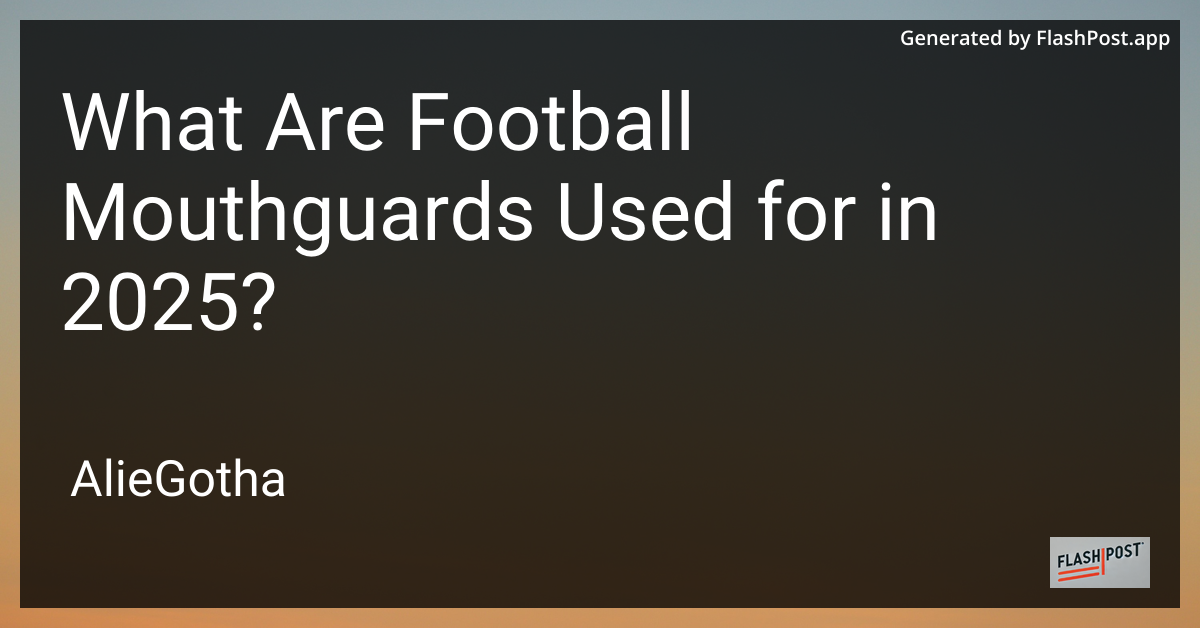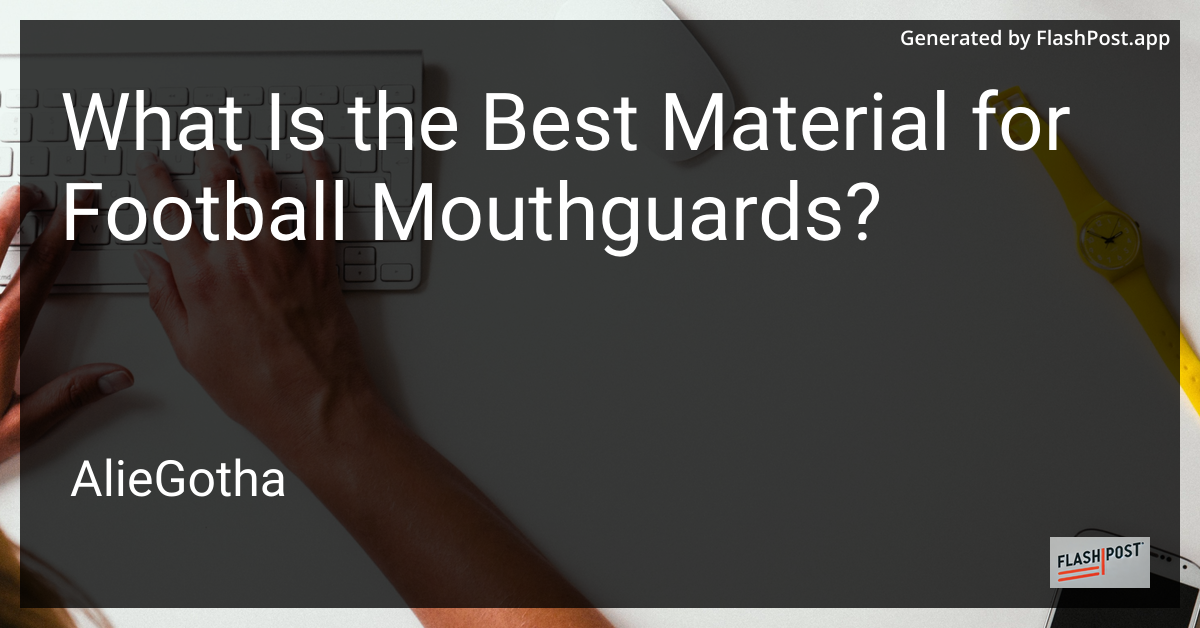

What Is the Best Material for Football Mouthguards?
Football is an intense sport that demands top-notch protective gear. Among the essential equipment, a mouthguard plays a critical role in safeguarding players’ teeth, gums, and jaws. But with a variety of options available in the market, how do you determine the best material for football mouthguards? Here, we explore different materials to help you make an informed choice.
Importance of Mouthguards in Football
Wearing a mouthguard is crucial in contact sports like football, where the risk of impact is high. A good mouthguard absorbs and distributes forces, reducing the risk of dental and oral injuries. But what makes one material superior to another? Let’s delve into the options available for crafting mouthguards.
Popular Materials for Mouthguards
1. Ethylene Vinyl Acetate (EVA)
Ethylene Vinyl Acetate, commonly known as EVA, is the most used material for manufacturing mouthguards. Known for its high impact absorption and flexibility, EVA offers an excellent balance between protection and comfort. Many athletes prefer EVA for its lightweight nature and ease of customization.
2. Polyvinyl Chloride (PVC)
Polyvinyl Chloride or PVC mouthguards are known for their durability and strength. However, they tend to be less comfortable than EVA. PVC is often used for off-the-shelf mouthguards, which may not provide the same level of custom fit as other materials.
3. Acrylic
Acrylic materials are frequently used in custom-made mouthguards available through dentists. These mouthguards boast superior fit and comfort but usually come at a higher price. Acrylic can handle intense impacts, making it a viable choice for professional players seeking optimum protection.
4. Thermoplastic
Thermoplastic materials allow for boil-and-bite mouthguards that offer a semi-custom fit. By heating the material, athletes can mold the mouthguard to fit their bite snugly. These are a middle-ground option, providing better fit and comfort than stock models while being more affordable than custom-made versions.
Factors to Consider When Choosing a Mouthguard
- Comfort & Fit: It should fit snugly, without being too tight or causing discomfort, allowing for easy breathing and speaking.
- Protection Level: Choose a material that effectively absorbs impact and reduces injury risk.
- Durability: The material should withstand wear and tear throughout the season.
- Cost: Balance your budget with the level of protection required.
Making the Right Choice
When selecting the best material for football mouthguards, consider the level of play and specific needs. For young players still growing, EVA or boil-and-bite thermoplastic options offer a balance of protection and affordability. On the other hand, seasoned athletes might opt for custom-fit acrylic mouthguards, providing superior protection and comfort during play.
For more information on choosing the right sports gear, check out these articles:
By selecting the right material for your mouthguard, you can enhance your performance on the field and protect your smile throughout your football career.
